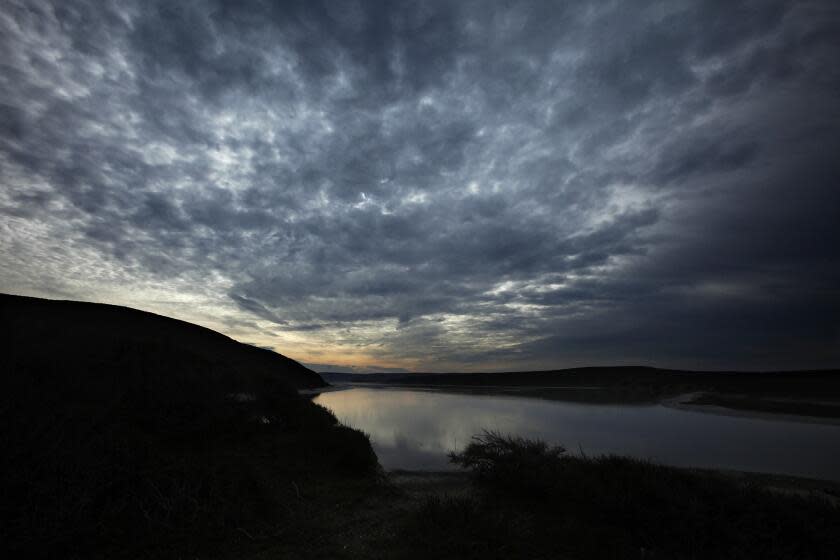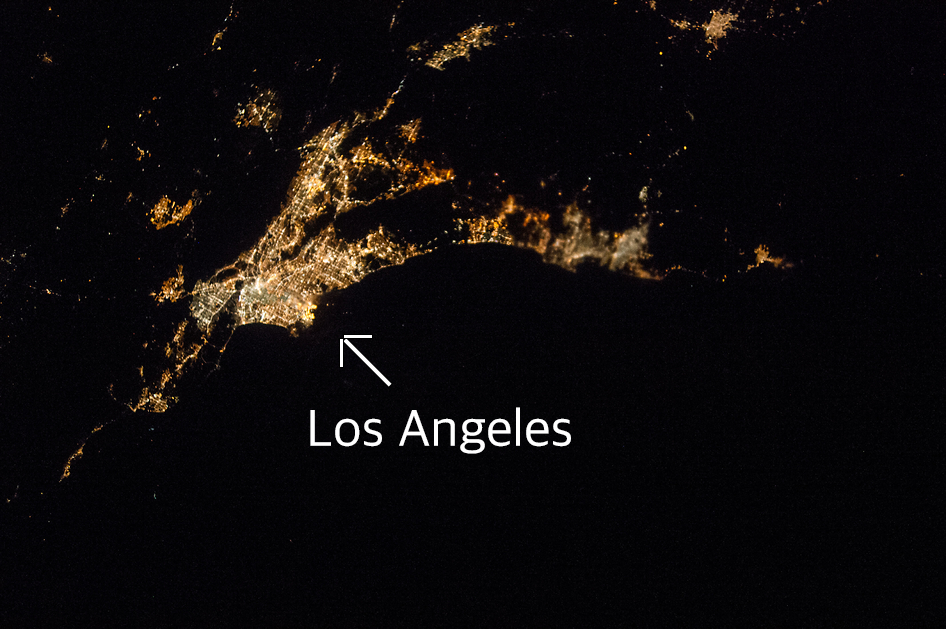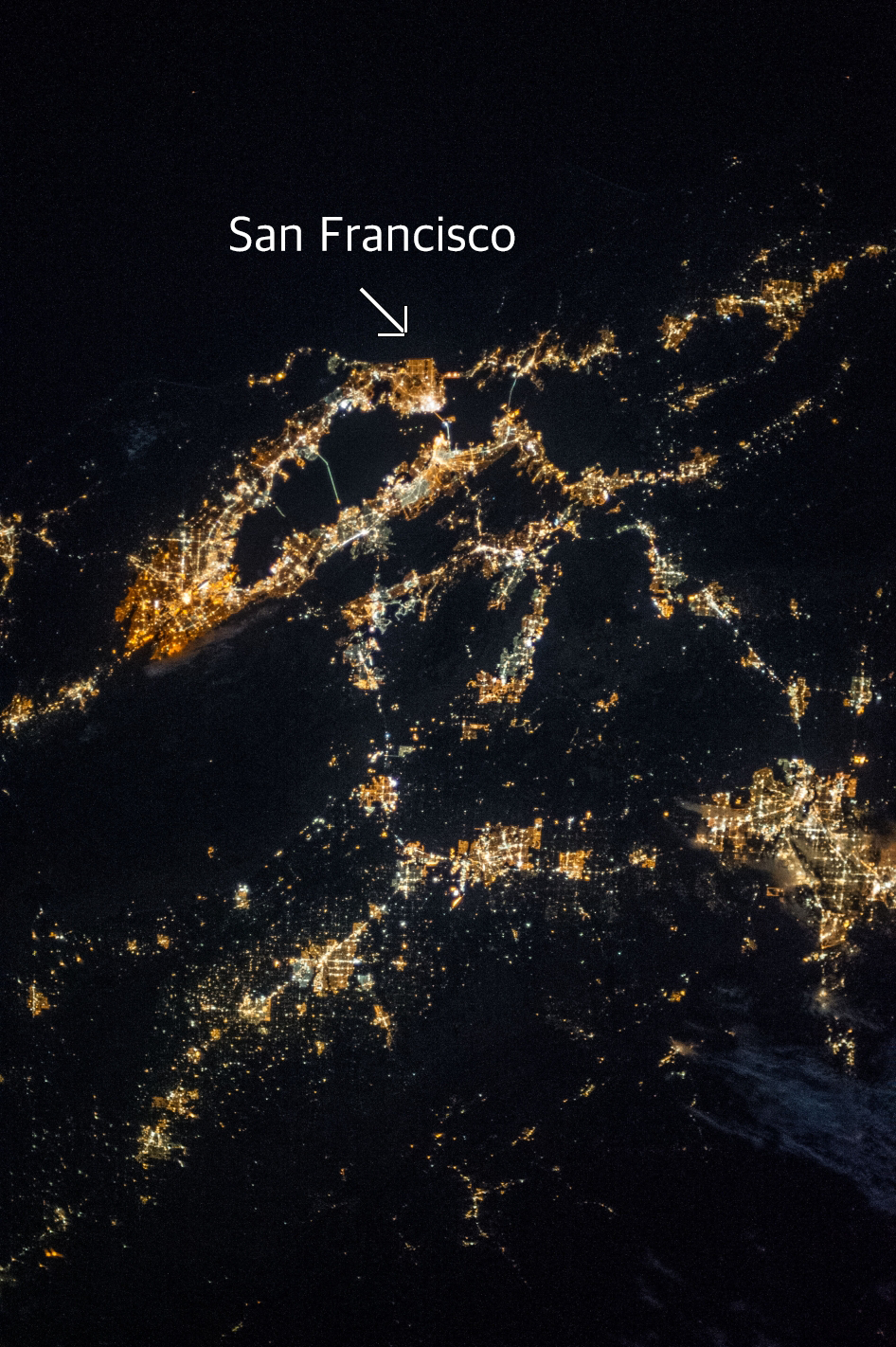West Marin residents seek Northern California's first dark-sky designation

Star watchers and astronomy buffs may soon get a new designated locale to gaze at the wonders of the night sky.
An organization in West Marin, in the north of the Bay Area, is launching an effort to “protect our wildlife and our communities from the harmful effects of light pollution” and join an exclusive list of dark-sky places worldwide.
DarkSky West Marin, founded in early 2021 with the help of Marin County Supervisor Dennis Rodoni, says the group will soon apply to DarkSky International for designation. Additionally, nearby Point Reyes National Seashore will apply for recognition as a dark-sky park, according to the DarkSky West Marin website.
“We were getting all these complaints because people kept putting up brighter and brighter lights,” said Peggy Day, one of the organization’s founders.
She observed that on many nights, “one half of the sky is a whitish dome from San Francisco or Highway 101.”
“Controlling the light is a really important part of preserving this Point Reyes peninsula,” she said.
The application process would require new outdoor lighting ordinances across the communities of West Marin to minimize the light pollution that dilutes the visibility of night skies. The proposed dark-sky community would include “most of the coastal unincorporated West Marin villages and the Point Reyes National Seashore.” DarkSky West Marin’s website says that nine such communities have signed letters in support.
The Point Reyes Station Village Assn. submitted a draft ordinance to Marin County in May of 2021, according to DarkSky West Marin. It was unclear whether the ordinance has progressed since then.
Read more: Newsom vetoes bill aimed at preventing light pollution
In Southern California, two towns and three parks have already been recognized for their lack of light pollution.
Borrego Springs and Julian, two San Diego county towns with populations under 1,500, were accredited in 2009 and 2021, respectively.
Additionally, Joshua Tree National Park, Death Valley National Park and Anza-Borrego Desert State Park east of San Diego are listed as dark-sky locales.
Experts recommend these parks for stargazing because light pollution in most other parts of urban Southern California overwhelms all but the brightest stars.
Nighttime satellite images from NASA show the sprawling nature of California's urban centers.
The photo below, taken in 2014 from the International Space Station, shows the lights of Southern California in contrast with the dark Pacific Ocean below.

Some of Joshua Tree National Park is visible as a blank space above the city lights of the Coachella Valley in the top center of this image.
Anza-Borrego State Desert State Park and the town of Borrego Springs are in the dark area above San Diego in the top right quadrant of the image.
The satellite photo below, also from NASA and taken in 2013 aboard the International Space Station, shows Northern California's nighttime lights.

Above San Francisco in this image is the Pacific Ocean. To the right is Marin County, with little light showing in sparsely populated West Marin in the top right.
West Marin's seven unincorporated towns, Point Reyes Station, Olema, Stinson Beach, Bolinas, Tomales, Dillon Beach and Inverness, have just a few thousand residents in total.
This story originally appeared in Los Angeles Times.

